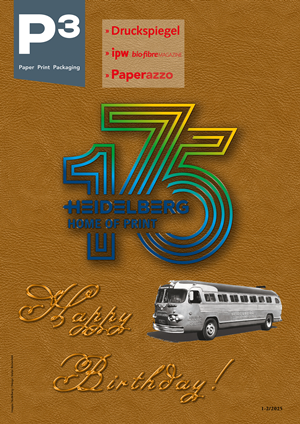P3 3-4/2022 en
EUBA Statement
EU Bioeconomy Progress Report
EU Policy Update
The European Bioeconomy Alliance (EUBA), representing 13 leading European organisations in various sectors active in the bioeconomy, welcomes the European Commission progress report on the Bioeconomy Strategy published in June. Thes report presents the state of play of the implementation of the 2018 Bioeconomy Strategy and general progress of the bioeconomy in Europe. EUBA welcomes the progress made on the implementation of the 2018 Bioeconomy Action Plan, including emphasis placed on the strengthening the role of substituting fossil-based products with renewable raw materials, products and fuels and scaling up the bio-based sectors through the launch of the new Circular Bio-based Europe Joint Undertaking.
The bioeconomy is one of the most successful examples of a European strategic file that has a significant contribution to achieve key EU objectives. It is already worth more than €2 trillion annually and employs close to 18 million Europeans, while offering huge potential to tackle societal challenges such as resource efficiency, climate change, biodiversity preservation, enhancing European sustainability and value creation.
As we move fully into the implementation phase of the EU’s new growth strategy, EUBA considers it important that the European Green Deal concretely supports the transition to a more sustainable circular bioeconomy. We appreciate that the progress report recognizes the contribution of the bioeconomy in the European policy context, where the Green Deal is at the heart. That said, the bioeconomy does need stronger backing in a range of policy areas and initiatives where coherence is needed to reinforce new investments in the sustainable bioeconomy.1
We believe that Europe has the potential to define the very shape of the European model for bioeconomy for the decades to come. EUBA therefore calls upon policy makers to encourage further development of the bioeconomy sector through the EU Bioeconomy Strategy and the implementation of the EU Green Deal.
1 The EU bioeconomy needs a stronger recognition via concrete actions and tools under?the:
- Future?Common Agricultural Policy and?Vision for inclusive rural areas
- Sustainable European Investment Plan, Just Transition Fund and the updated Industrial Strategy
- Implementation of the Circular Economy Action Plan and Plastics Strategy (especially in the?Waste Framework Directive and Packaging and Packaging Waste Directive?revisions)
- Zero Pollution Action Plan
- EU climate and energy policies (incl.?European Climate Law)
- EU Biodiversity, Farm to Fork and post-2020 Forest Strategies
- EU Taxonomy Regulation and its implementing acts
- Horizon Europe, in particular Cluster 6 on Food, Bioeconomy, Natural Resources, Agriculture and Environment
- “Fit for 55” package, in particular the RED II revision (RED III)
- Future policy framework on bioplastics, biodegradable and compostable plastics
- Green public procurement and?eco-design.







